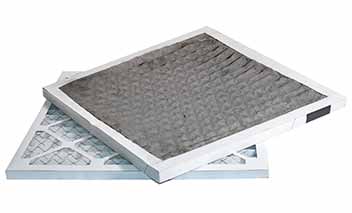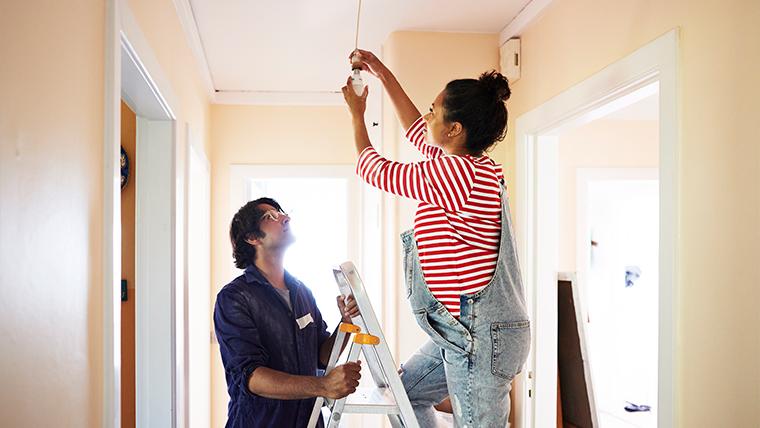5 ways to stay cozy this winter without turning up the heat
Chill your utility bill this winter season. Keep the savings in and the cold air out of your home with these energy efficiency tips.
—This article was updated on January 15, 2024.
Space heating costs the average Canadian homeowner more than $1,113 a year – more than half of the home’s total energy bill (54%)! Considering people are spending more time inside, keeping the lights on, and combating drafts, it comes as no surprise that energy costs often increase during the winter. What might be a surprise is that there are many simple ways you can reduce energy costs when the cold weather hits.
Warm up with these 5 simple methods for managing the cold weather and your wallet.

1. Get smart with your thermostat
Use your thermostat to its full potential. For optimal energy-saving temperatures, set your thermostat to 17°C when you are sleeping or not at home and to 20°C when you are awake and at home. Learn about the benefits of an ENERGY STAR® certified smart thermostat – it can reduce your home energy consumption by at least 8%!
2. Invest in an EnerGuide home evaluation
An EnerGuide home evaluation can help you achieve greater comfort, bigger savings and a healthier home! Your personalized report can recommend upgrades to eliminate drafts, reduce noise, and provide consistent temperatures and cleaner air. Start by finding a service organization to perform your home evaluation.
3. Seal your home
Did you know that windows and doors can be the cause of up to 25% of total home heat loss? That may seem like a daunting problem, but we have a simple solution – seal your windows and doors with caulking and weatherstripping. Your home will be more energy-efficient and comfortable.
What’s the difference?
Caulking is a material that is applied around the window trim to prevent air leaks by sealing gaps. Be sure to use the correct type of caulking for indoor and outdoor use. It is important to note that the indoor sealing must be completed before the outdoor sealing.
Weatherstripping is a strip of material that covers the joint of a door or window to exclude precipitation and cold air. It works best for doors that are used often or for windows that open (sliding windows or swing-type (hinged) windows). Be sure to use the appropriate type of weatherstripping for the door or window and for indoor and outdoor locations.
Don’t know how?
See the Keeping the Heat In guide.
4. Install foam insulators
Installing foam insulators behind the light switches and electrical outlets on the exterior walls of your home will help reduce heat loss. It’s easy, inexpensive and will make your home more energy-efficient.

5. Perform preventive maintenance
Get your furnace and heat or energy recovery ventilator serviced yearly to maximize its efficiency. Clean or change your furnace filters every 3 months because dirty filters make a furnace work harder.
It’s also a good idea to make sure that furniture is not blocking the air vents. If it is, a small amount of re-arranging away from vents will ensure air is circulating in your home and will keep your heating, ventilation and air conditioning system is working effectively.
If you have a residential boiler, and it uses a radiator, be sure to empty (bleed) the air from the radiators once or twice a year so that they can fill fully with water, and insulate hot water pipes to save on heating costs. Vacuum the radiators to prevent dust build-up and keep them running efficiently.
Learn more and connect with us
Looking for more tips on energy efficiency? Follow ENERGY STAR Canada on X, Facebook, Pinterest and LinkedIn to maximize your energy savings and get the latest information on energy-efficient products.
Page details
- Date modified:


